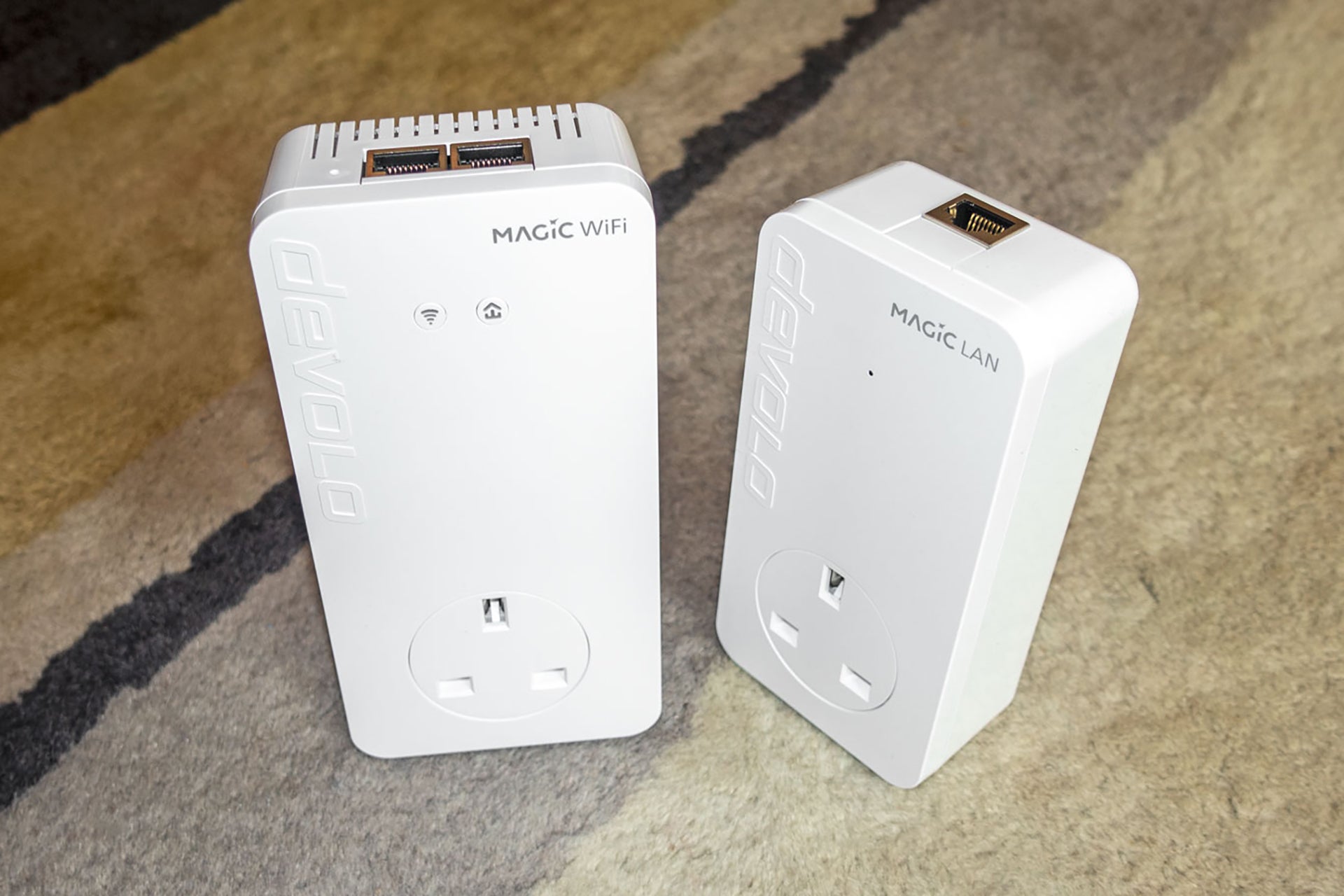Perhaps never has an out-of-focus, blurry image been so important. The The James Webb Space Telescope has seen its first star. About a week after Webb detected its first photons, NASA has announced that the $ 10B space telescope had identified starlight from the same star in each of its 18 primary mirror segments. This is the first phase of a months-long process of aligning the observatory’s primary mirror, and it’s done using the Near Infrared Camera (NIRCam), one of four cameras aboard Webb.
The team needed first to confirm that NIRCam could collect light from celestial objects, like the target star HD 84406, and then starlight had to be identified from the same star in each of the telescope’s 18 primary mirror segments. The resulting image is a mosaic that shows the same star in 18 different places because of the unaligned mirror segments. Each segment reflects the light from HD 84406 back at Webb’s secondary mirror and into the NIRCam.
The blurry image is critical because it is the foundation of the important work to come. The team will use the mosaic to align and focus the telescope and align Webb’s mirror segments. Over the next month, the team will gradually adjust each mirror segment until the 18 images form a single clear shot of HD 84406.
The entire Webb team is ecstatic at how well the first steps of taking images and aligning the telescope are proceeding. We were so happy to see that light makes its way into NIRCam, ‘said Marcia Rieke, principal investigator for the NIRCam instrument and regents professor of astronomy, University of Arizona.
 |
| ‘This image mosaic was created by pointing the telescope at a bright, isolated star in the constellation Ursa Major known as HD 84406. This star was chosen specifically because it is easily identifiable and not crowded by other stars of similar brightness, which helps to reduce background confusion. Each dot within the mosaic is labeled by the corresponding primary mirror segment that captured it. These initial results closely match expectations and simulations. ‘
Caption and image credit: NASA |
Webb began capturing images on February 2. NASA writes, ‘Webb was repointed to 156 different positions around the predicted location of the star and generated 1,560 images using NIRCam’s 10 detectors, amounting to 54 gigabytes of raw data. The entire process lasted nearly 25 hours, but noted the observatory was able to locate the target star in each of its mirror segments within the first six hours and 16 exposures. These images were then stitched together to produce a single, large mosaic that captures the signature of each primary mirror segment in one frame. The images shown here are only a center portion of that larger mosaic, a huge image with over 2 billion pixels. ‘
While the mosaic image may not look like much, it’s rich with important data. NIRCam was selected for this task because it has a relatively wide field of view and can work at higher temperatures than the other instruments aboard Webb. Of course, the decision to use NIRCam for the alignment process was made a long time ago, so it has been outfitted with special custom components to aid in the task. Even though it’s up to the task, there are some visible artifacts in the alignment images because of the high operating temperature. These issues will be mostly resolved when Webb begins normal scientific operations.
 |
| This “selfie” was created using a specialized pupil imaging lens inside the NIRCam instrument that was designed to take images of the primary mirror segments instead of images of space. This configuration is not used during scientific operations and is used strictly for engineering and alignment purposes. In this case, the bright segment was pointed at a bright star, while the others aren’t currently in the same alignment. This image gave an early indication of the primary mirror alignment to the instrument. ‘
Caption and image credit: NASA |
‘Launching Webb to space was of course an exciting event, but for scientists and optical engineers, this is a pinnacle moment, when light from a star is successfully making its way through the system down onto a detector,’ said Michael McElwain, Webb observatory project scientist, NASA’s Goddard Space Flight Center.
The James Webb Space Telescope team has cleared yet another hurdle. Each subsequent image captured by Webb will be clearer, and soon, we’ll have a completely clear, focused image. Soon after that, the first scientific images will be captured. NASA expects that we will see the first science photos this summer. There’s still a lot of work to be done, but it’s huge that Webb is functioning as expected.













